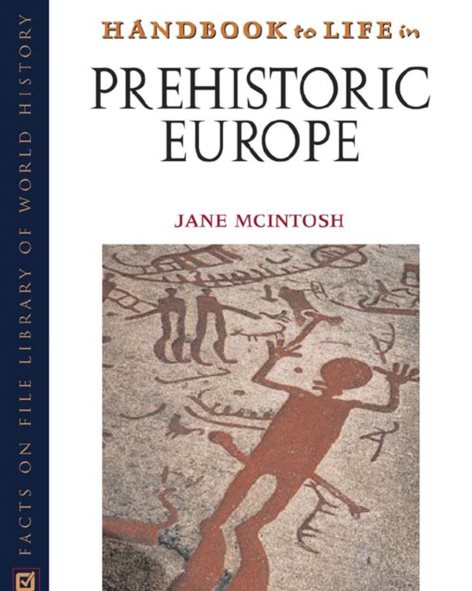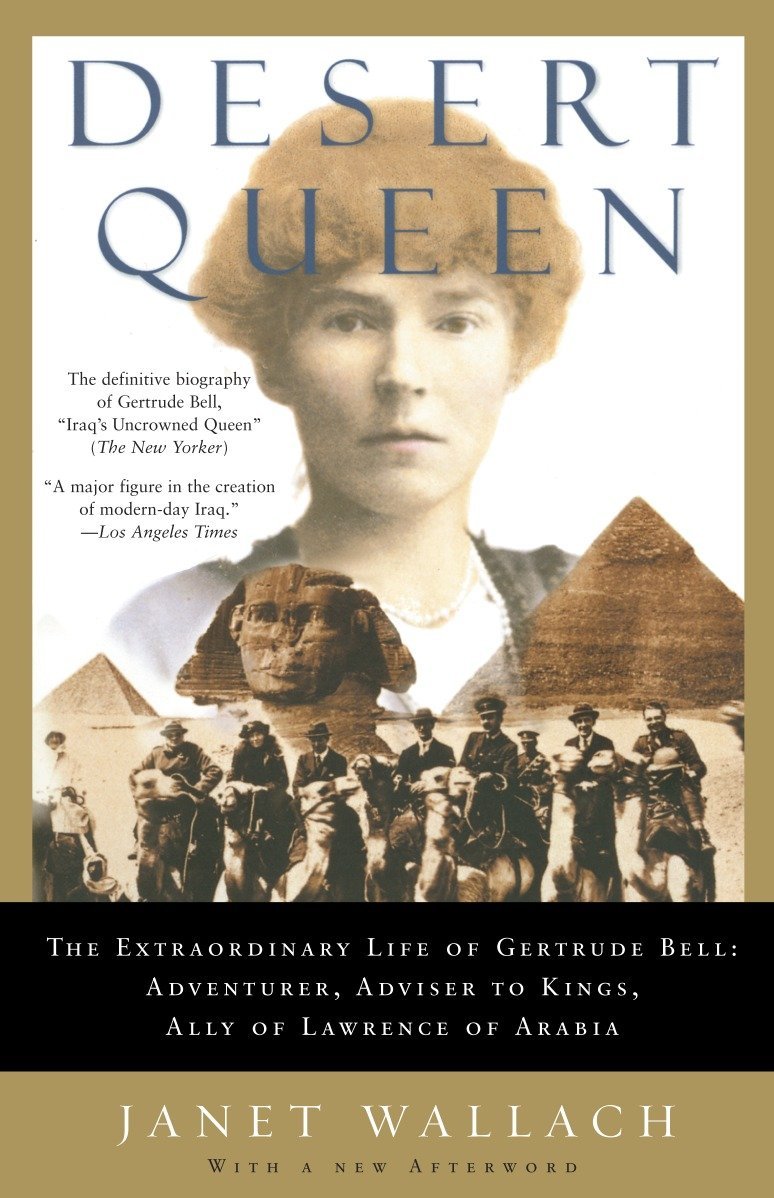Engineering in the Ancient World (Revised Edition) – J
1) Engineering in the Ancient World (Revised Edition) – J.G. Landels
University of California Press | 2000 | PDF
In his classic book, J. G. Landels describes the technological advances of the Greeks and Romans with erudition and enthusiasm. He provides an important introduction to engineering, writing about power and energy sources, water engineering, cranes, and transportation devises. From aqueducts to catapults, he attempts to envision machines as they may have worked in the ancient world. He then traces the path of knowledge taken by early thinkers―including Plato, Pliny, and Archimedes―in developing early theories of engineering and physics.
2) The Oxford Handbook of Engineering and Technology in the Classical World – John Peter Oleson
Oxford University Press | 2009 | PDF
The Oxford Handbook of Engineering and Technology in the Classical World highlights both the accomplishments of the ancient societies and remaining research problems, and stimulates further progress in the history of ancient technology. The subject matter of the book is the technological framework of the Greek and Roman cultures from ca. 800 bc through ca. ad 500 in the circum-Mediterranean world and Northern Europe. Each article discusses a technology or family of technologies from an analytical rather than a descriptive point of view, providing a critical summation of our present knowledge of Greek and Roman accomplishments in the technology concerned and the evolution of their technical capabilities over the chronological period. Each article reviews the issues and recent contributions, and defines the capacities and accomplishments of the technology in the context of the society that used it, the available “technological shelf,” and the resources consumed. These studies introduce and synthesize the results of excavation or specialized studies. The articles are organized in sections progressing from sources (written and representational) to primary (e.g. mining, metallurgy, agriculture) and secondary (e.g. woodworking, glass production, food preparation, textile production, and leather-working) production, to technologies of social organization and interaction (e.g. roads, bridges, ships, harbors, warfare, and fortification), and finally to studies of general social issues (e.g. writing, timekeeping, measurement, scientific instruments, and attitudes toward technology and innovation) and the relevance of ethnographic methods to the study of classical technology.
3) Greek and Roman Technology: A Sourcebook of Translated Greek and Roman Texts (2nd Ed) – John W. Humphrey, John P. Oleson, Andrew N. Sherwood
Routledge | 2019 | PDF
In this new edition of Greek and Roman Technology, the authors translate and annotate key passages from ancient texts to provide a history and analysis of the origins and development of technology in the classical world.
Sherwood and Nikolic, with Humphrey and Oleson, provide a comprehensive and accessible collection of rich and varied sources to illustrate and elucidate the beginnings of technology. Among the topics covered are energy, basic mechanical devices, hydraulic engineering, household industry, medicine and health, transport and trade, and military technology. This fully revised Sourcebook collects more than 1,300 passages from over 200 ancient sources and a diverse range of literary genres, such as the encyclopaedic Natural History of Pliny the Elder, the poetry of Homer and Hesiod, the philosophies of Plato, Aristotle, and Lucretius, the agricultural treatises of Varro, Columella, and Cato, the military texts of Philo of Byzantium and Aeneas Tacticus, as well as the medical texts of Galen, Celsus, and the Hippocratic Corpus. Almost 100 line drawings, indexes of authors and subjects, introductions outlining the general significance of the evidence, notes to explain the specific details, and current bibliographies are included.
This new and revised edition of Greek and Roman Technology will remain an important and vital resource for students of technology in the ancient world, as well as those studying the impact of technological change on classical society.
4) The Ancient Engineers – L. Sprague de Camp
Barnes & Noble | 1993 | PDF
“Mr. de Camp has the trick of being able to show technology engaging in feats as full of derring-do as those of Hannibal’s army. History as it should be told.”—Isaac Asimov, The New York Times Book Review
The Pyramids of Giza, the Parthenon of Greece, the Great Wall of China, the Colosseum of Rome. Today, we stand in awe before these wonders of the ancient world. They hold our history and the deepest secrets of our past in their hidden recesses.
In The Ancient Engineers, L. Sprague de Camp delves into the heart of the mystery. He introduces us to the master builders who had the vision, the power, and the passion to reach for the clouds and touch the heavens. We share in some of the greatest technological triumphs of all time—triumphs of the human mind, imagination, and spirit.
5) Ancient Engineers’ Inventions: Precursors of the Present (2nd Ed) – Cesare Rossi, Flavio Russo
Springer | 2018 | PDF
This book describes the inventions and designs of ancient engineers who are the precursors of the present. The period ranges mainly from 300 B.C. to 1600 A.D. with several exceptions. Many of the oldest inventions are documented by archaeological finds, often very little known, mainly from Pompeii, Herculaneum and Stabiae and reveal a surprising modernity in their conception.
Most of the inventions presented in the first four parts of this book were conceived up to the late Roman Empire and may be considered as milestones, each in their respective field. The fifth part concentrates on more recent centuries. The sixth part deals with some building construction techniques.
Generally, for each of the presented inventions, three elements of research and reference are provided: written documents (the classics), iconic references (coins, bas-reliefs, etc.) and archaeological findings.
The authors did not write this book for engineers only; hence they describe all the devices without assuming wide technical knowledge. The authors’ main aim is to try to communicate their enthusiasm for the inventions and the inventors of the past and to contribute to the fascinating study of the History of Engineering.
This second edition includes new topics and chapters that are of special interest to engineers.



